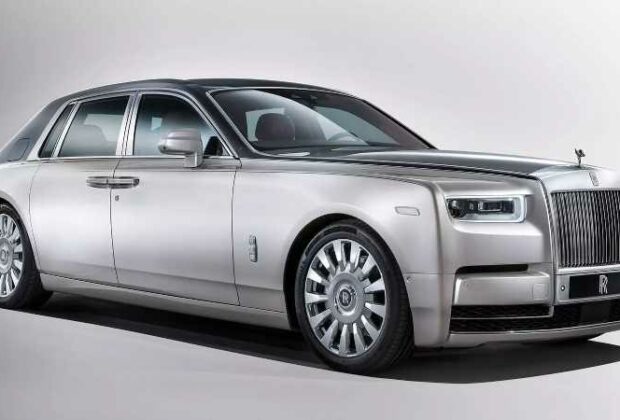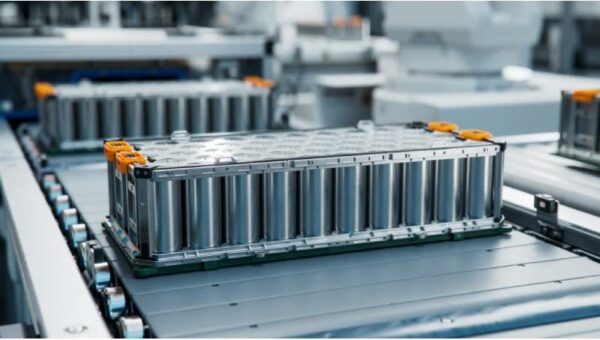The Spectre, the first all-electric luxury vehicle from British luxury automaker Rolls Royce, is now the most expensive electric vehicle offered in India. The vehicle is also one of the priciest electric vehicles on the market today.
The Rolls Royce Spectre is built upon the company’s Architecture of Luxury, an all-aluminum space frame that also supports the Cullinan and Phantom, two of the company’s other high-end models.
Cost of a Rolls-Royce Spectre in India
In the nation, the Rolls Royce Spectre starts at ₹7.5 crore ex-showroom.
It doesn’t have any direct competitors in India; the Lotus Eletre, the next most costly electric vehicle, is priced ₹2.55 crore ex-showroom.
On the other hand, it does face some far-off competitors on the global market, like the Cadillac Celestiq, Drako GTE, and others. It should be mentioned that competitors are not priced closely in this highly specialised sector.
Competitors and specs of the Rolls-Royce Spectre
The Lotus Eletre, the Rolls Royce Spectre’s closest Indian competitor, is an SUV; the former is a two-door coupe. The Spectre has a traditional Rolls-Royce front end with a broad grille and a large hood. With its aero-optimized 23-inch wheels, it has the largest wheels on a Rolls Royce coupe.
The split headlamps of the Spectre are reminiscent of those seen on the Phantom coupe in the past. The Spectre has the Pantheon LED grille and LED DRLs above the headlamps.
The interiors, which provide unique design elements, are as premium as they go for such an ultra-luxury offering. With 4,796 gently lit stars on the ceiling, it has a starlight liner on the door pads.
It has a driver’s display that is entirely digital and has the company’s new Spirit platform installed.
When it comes to the Spectre’s drivetrain, there are two electric motors—one on each axle. They outperform their rivals by producing an astounding 900 Nm of peak torque and 585 horsepower.
With its 102kWh battery pack, the Spectre is supposed to have a 530 km range on a single charge. It has a top speed of 250 kmph and can accelerate from 0 to 100 kmph in under 4.5 seconds.








